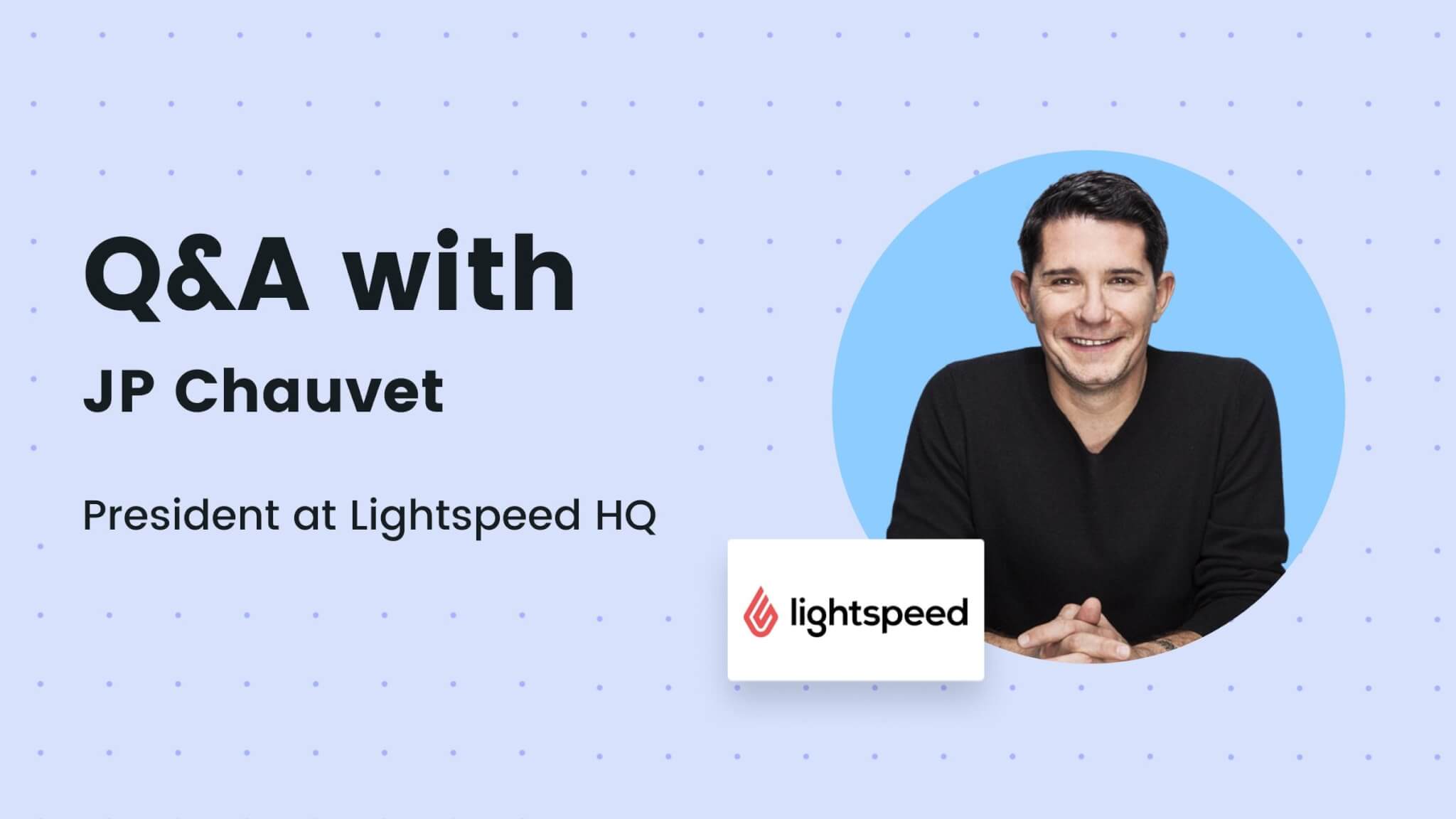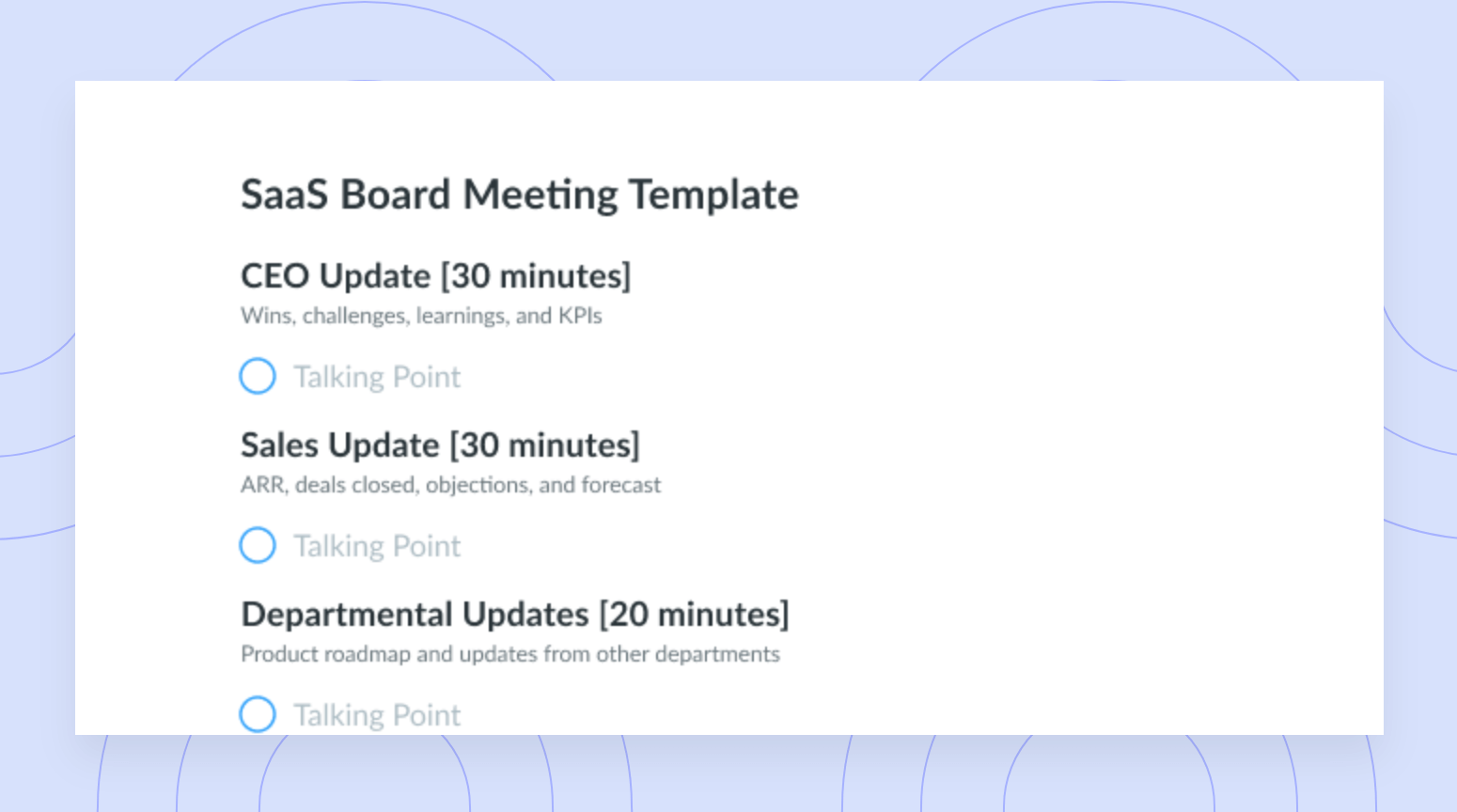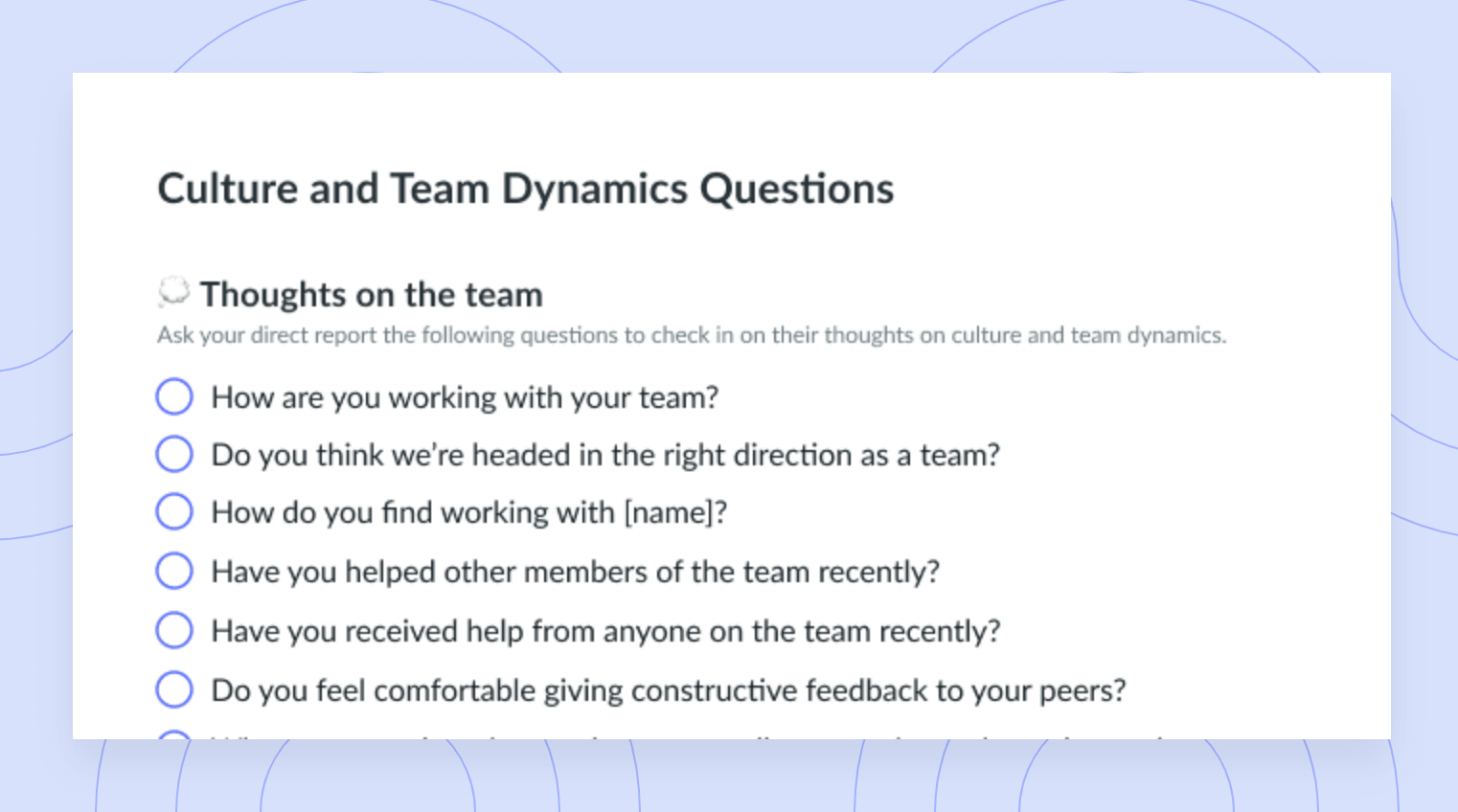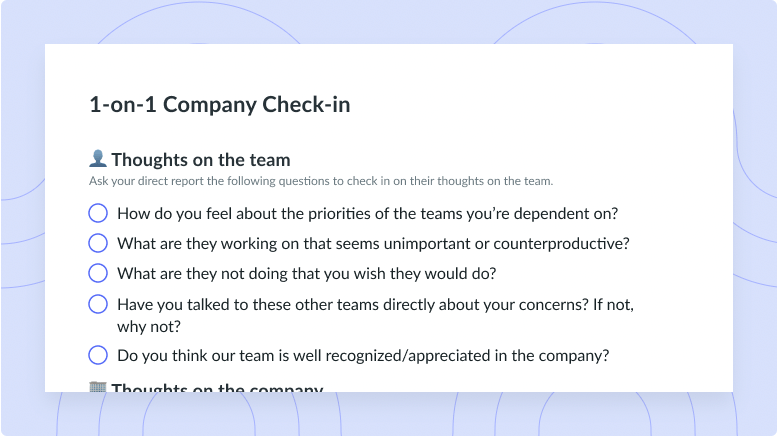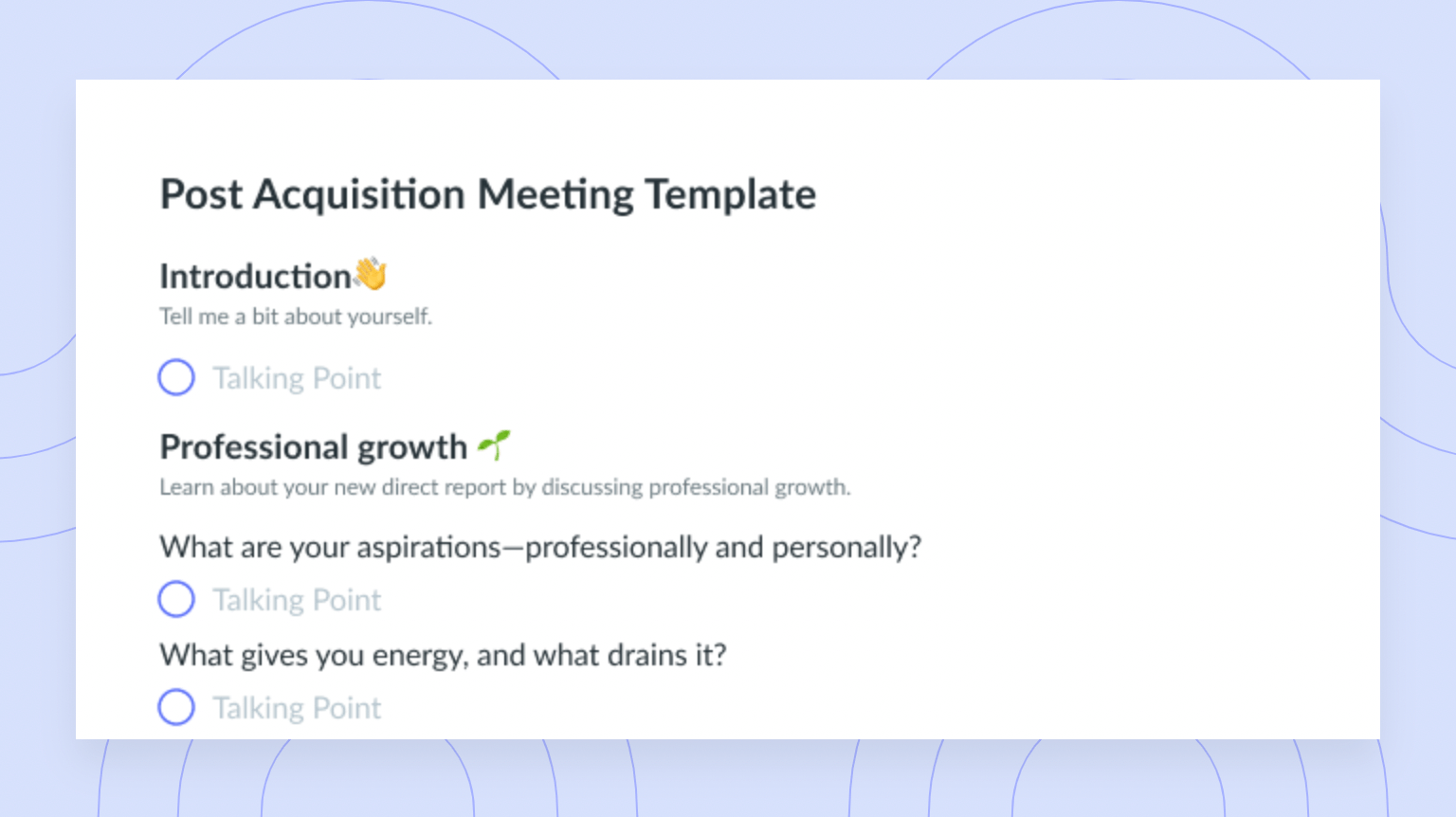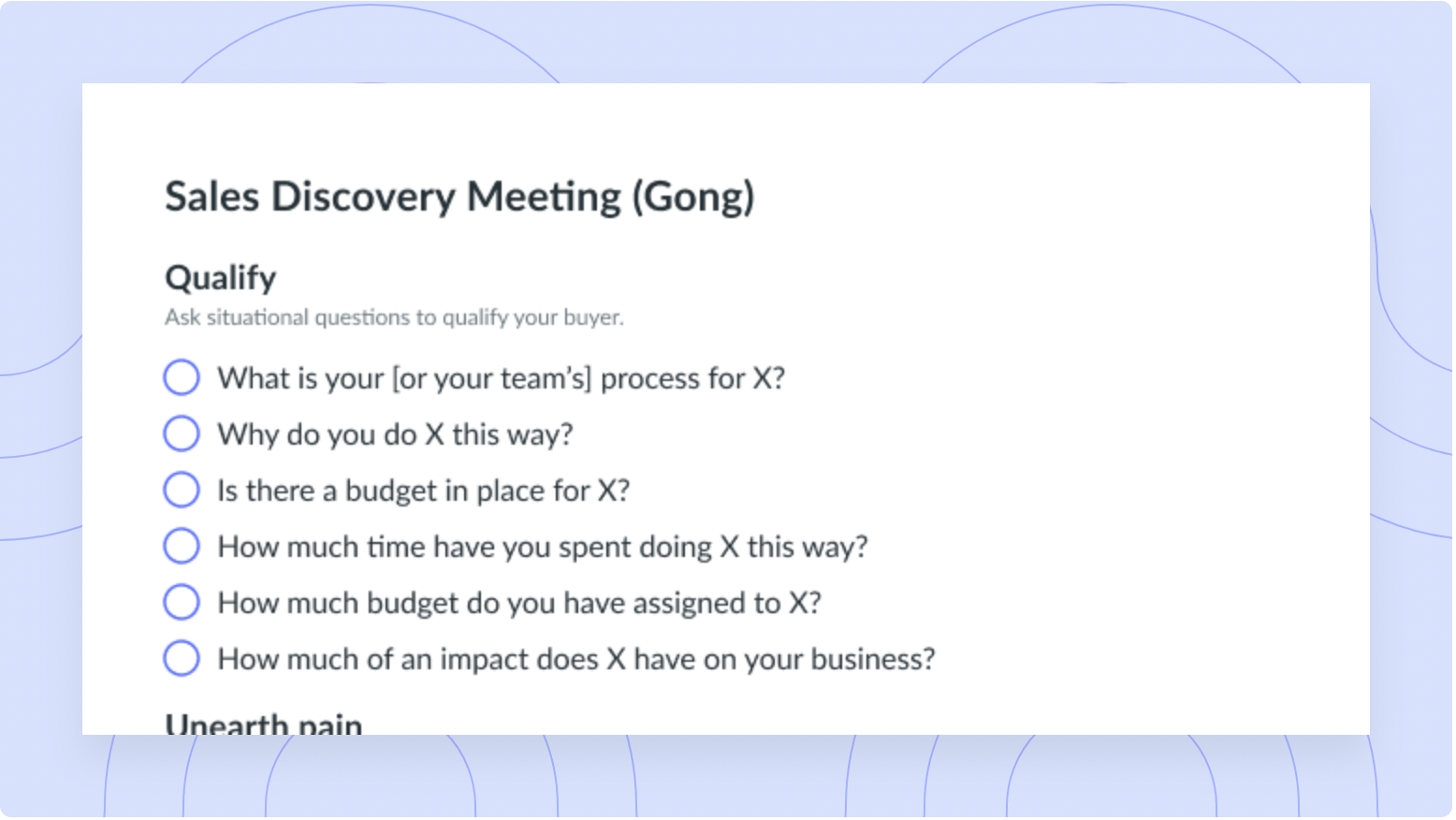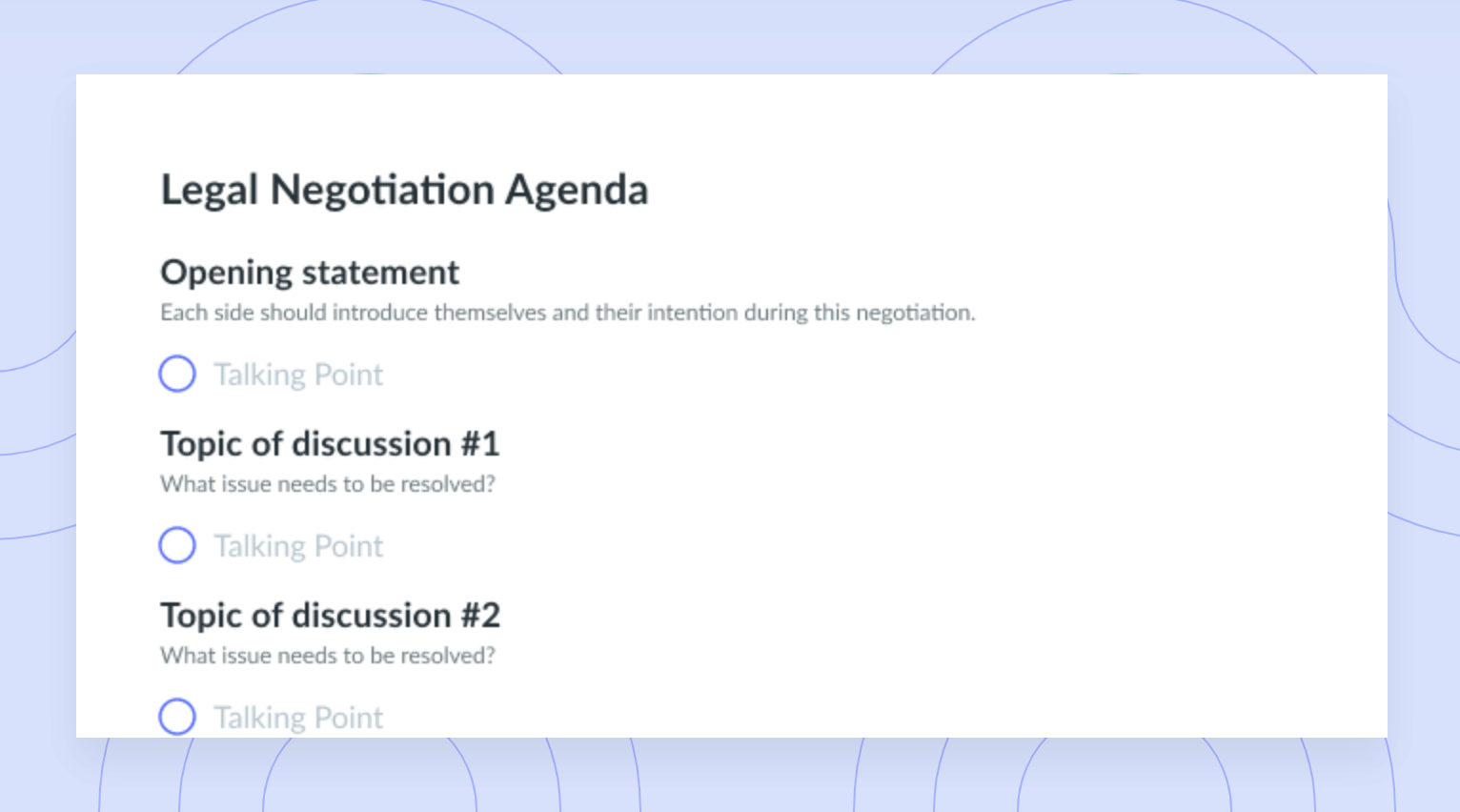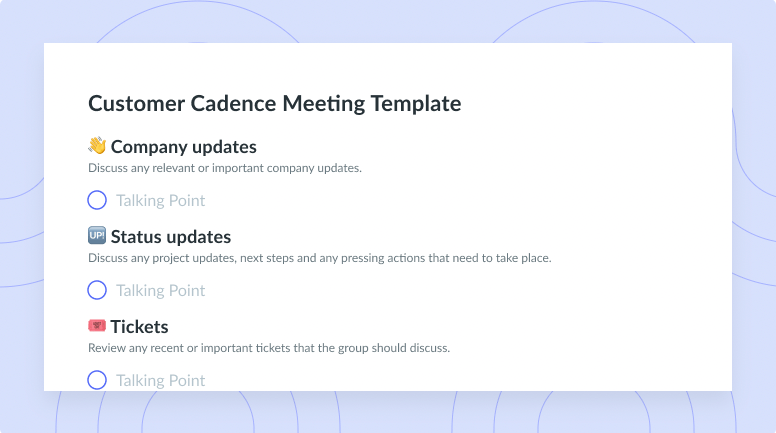David Cancel: The Art of Servant Leadership and Skip Level Meetings
How to become a better leader that can easily identify when your direct reports are inspired or feeling pain.
David Cancel is a serial entrepreneur, fearless investor, and compassionate leader. Currently the founder and CEO at Drift, David continues to leverage his background in engineering to develop and scale software companies while connecting deeply with each and every one of his peers.
Listen to this episode (or read the transcript below) to learn more about how David leverages his background in engineering to connect with his direct reports on a deeper level.
1 Have you ever reported to a traditional manager?
I have plenty of times, but I’ve spent my entire life trying to avoid having a real job. Before I started my own company, I worked for three others, but they were highly entrepreneurial, so it never really felt like I had a boss in the traditional sense of the word.
2 Do you have a favorite boss or someone you looked up to as a leader?
I worked at a warehouse in Queens full time while going to school full time and my boss Sam was my very first mentor and favorite boss. It was impactful because Sam was the stereotypical stoic leader, super hard and super tough and I loved it because he actually cared. He was always looking out for my best interest by pushing me and putting me in roles that were above what I thought I could do, and it really caused me to stretch.
3 Do you talk about your communication style with your teammates?
Yeah, I have a guide that I stole from the CEO of Stripe! She basically wrote an article that speaks to creating a guide that includes things like your personality types, and how you respond best to emails. I also share my personality type results with people I’m going to be working with so they can communicate with me in a way that resonates. It’s also something we practice internally at Drift with other managers, leaders, and individual contributors because an important part of how we work is really understanding and being transparent about what works best for everyone.
4 Can you explain servant leadership and how it works at Drift?
Servant leadership is a very old concept that actually came from my very first mentor, Sam Lee. He had recommended a book that I now gift to everyone called “Made in America” and one of the main takeaways in the book is the idea or servant leadership. It’s basically the idea that if you’re a manager or a leader your job is to serve those above you and the individual contributors are the managers that are closest to the customer.
At Drift, we took that model and we added to it so the inverted pyramid is the customer then the individual contributors, then the managers, directors, and vice presidents. The lowest one is me because my job is to support everyone above me.
5 Do you think this is a model that should be practiced everywhere?
I’m not a corporate person so I probably don’t have the right context, but I don’t see what the downside would be of doing it besides the fact that it takes way longer to get things done if you were to compare it to the opposite leadership style of commanding and controlling. In the end, if you want the best type of people with the best performance on your team, you’re going to have to adapt the model to make it work for you.
6 How do you make it known that it’s ok to make mistakes?
For us, failure isn’t an issue as long as we’re learning from our mistakes or not repeating the same mistakes. Our currency is learning, and we think of Drift as a learning machine that strives to maintain a close proximity with our customers. We like to think that if we have a very tight feedback loop that continues to learn, we will be able to figure things out and help our customers which in turn helps the company.
7 How do management meetings work at Drift?
At this point our meetings evolve all the time so nothing is static. We currently have a monthly meeting where management and the senior leadership team have a very short time to present and there’s a specific format that we use every time. It basically starts with an engine dashboard that displays all of the engines that they’re working on and those engines represent the goals that that specific team is working towards. So, there’s goals and a bunch of sub processes that can be measured so we can determine if the machine is working, if its improving, or if its staying the same. Then it goes to observations, learnings, customer antidotes, feedback, and measurements. We then have a quarterly offsite where we dig deeper and go into a whole bunch of strategy stuff.
8 What’s your advice for someone that hasn’t been doing skip levels?
I think the way to do it is to always make it public or make an announcement that lets everybody know what the meeting means, what happens, and what to expect. Another piece of advice I would give to people is to not do the meetings in front of a computer or huddled in a room with a notebook because that makes it seem like an interrogation rather than a one on one and it’s not natural. I always try to get everybody to get up and go for a walk or a coffee so the meetings always happen outside of the building and don’t resemble a police investigation.
Skip-level one-on-one meetings are the best tool for senior managers, directors, VPs, and CEOs to understand the team’s culture and get to know the people that work in the company.
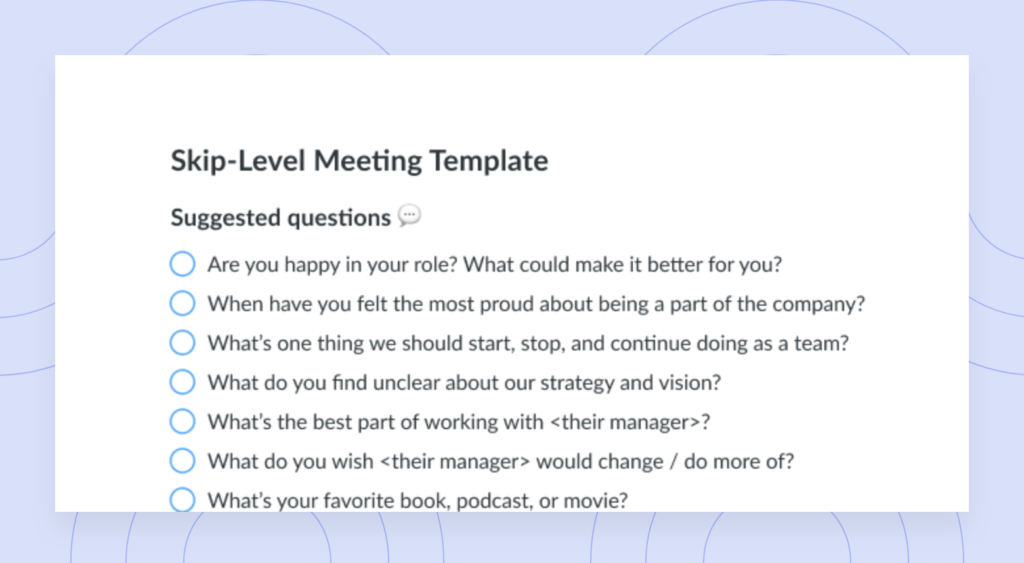
9 How does a one-on-one compare to a skip level?
I don’t really ask anyone to prepare very much and try to start out by asking random questions. I come from an engineering background where I’ve interviewed hundreds of thousands of engineers who are naturally introverted and sometimes really shy so I had to develop coping mechanisms to get them to open up and talk. If you’re talking to someone really introverted and shy you can normally get them to talk forever if it’s something they are really passionate about so I just throw out really random things until something sticks. This not only gets the person talking but it also gives me an idea of what that person looks like physically when they’re engaged. I use that same method in this kind of skip level one on one, so I can get whoever I’m talking to to start talking.
10 So, you’re really looking to get to know everyone on an individual level, right?
I do it because it’s the only point of leverage you have as a manager. If you don’t know how someone reacts or what motivates them, how can you get the best out of them or how can you manage them? If you don’t get to know them, you won’t know where to push or when they’re feeling pain. You won’t be able to help them grow.
11 How can other people emulate your success and become better leaders?
I would say don’t follow my method. For the first 10 years of my career, I didn’t try to learn from anyone, and I didn’t seek out mentors or role models. I never thought about the people aspect of things. As a result, I learned everything the hard way by brute force and pain.
What I would advise is to mimic what I’ve done for the second half of my career which is to learn from other people and to not try and learn everything yourself. Another piece of advice I would suggest is to study psychology and human decision-making. If you’re a new manager, I would tell you to spend all of your time reading books on human decision-making and cognitive biases that have been related to decision-making.
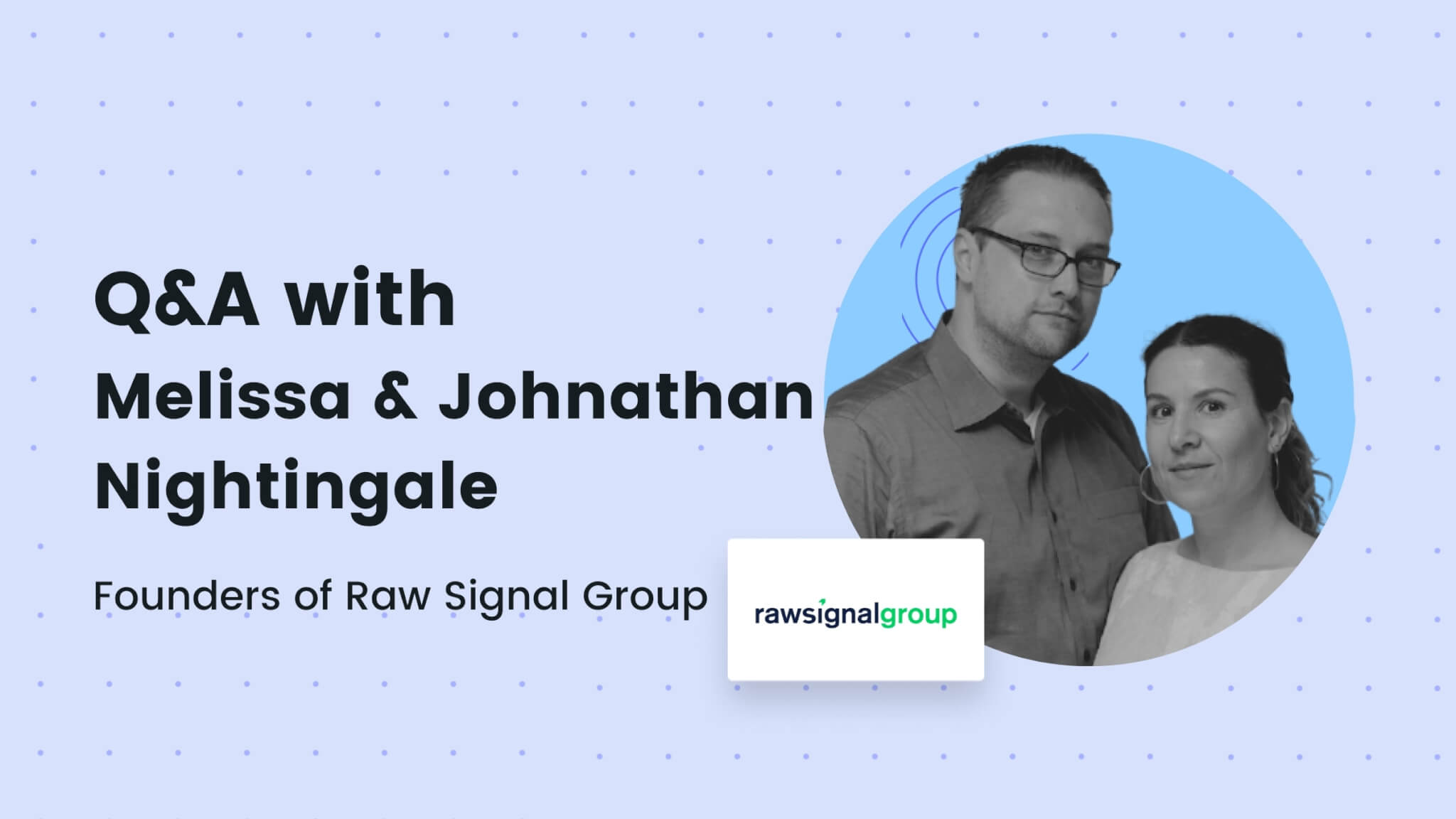


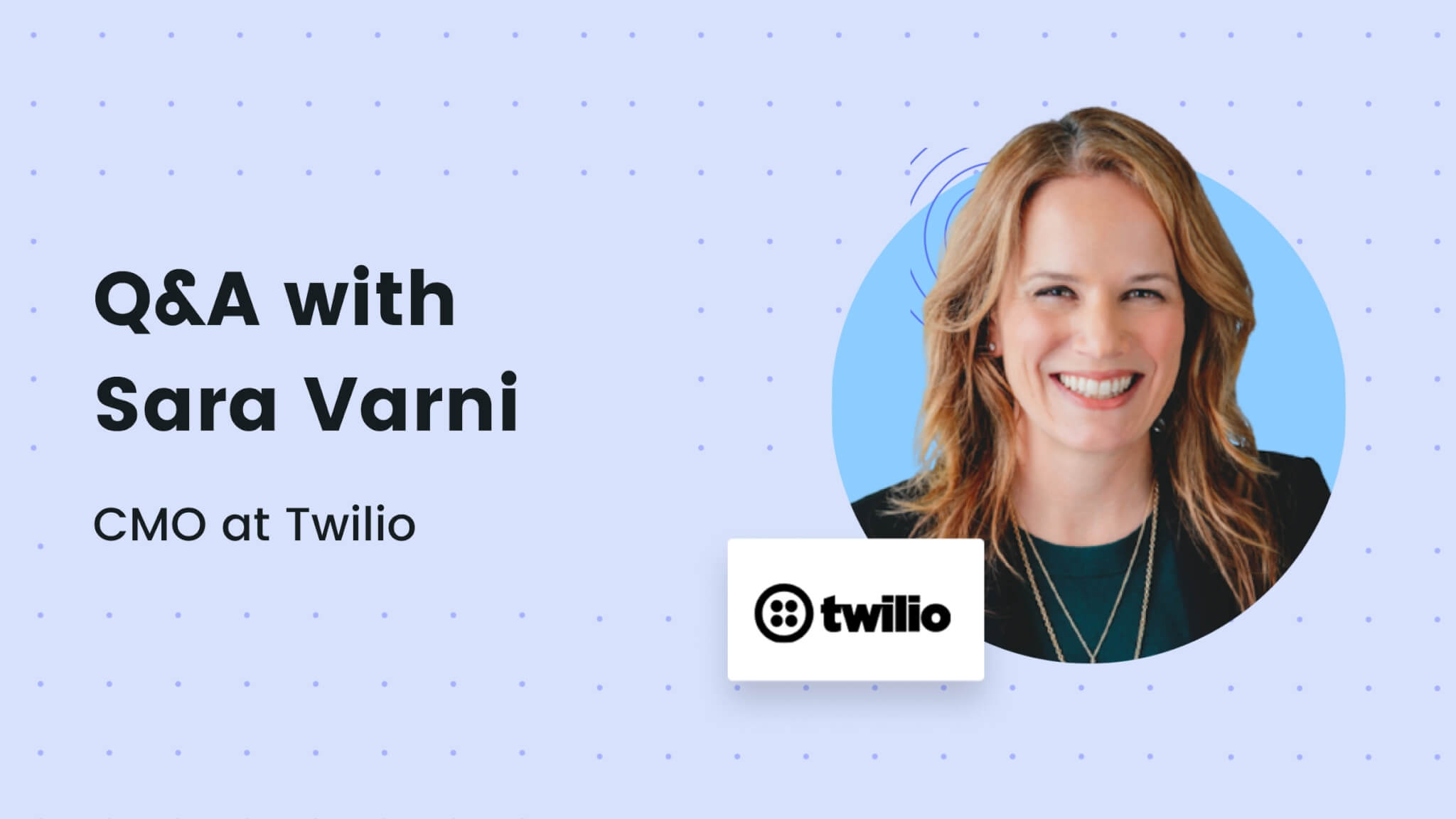

![25 Military Leadership Quotes to Try [+ Free Template]](https://fellow.app/wp-content/uploads/2022/05/Military-Leadership-Quote.jpg)
